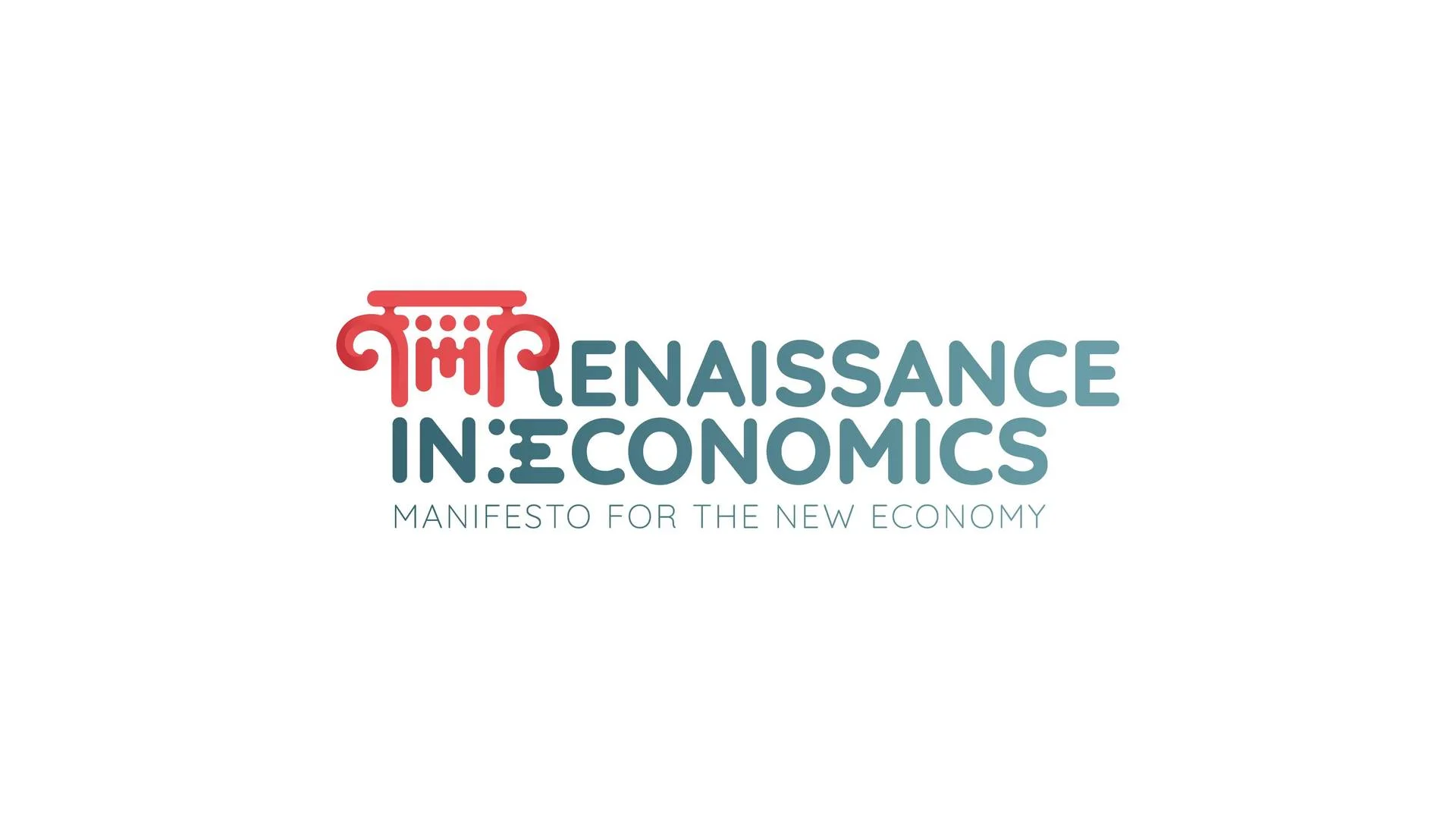
Economics Terms A-Z
Asymmetric Information
Read a summary or generate practice questions using the INOMICS AI tool
Asymmetric information in economics refers to a state where market players have different levels of information about each other’s valuations of the market. As such, their information is asymmetric, or asymmetrically distributed.
In classical economic theory, information is assumed to be complete and evenly distributed among market players: each player knows how the other players value the items being traded in the market. This simplifies the analysis of the market because the players’ actions will be certain and predictable. Market outcomes (prices and quantities) can then be easily calculated.
However in reality, market players tend not to know everything about each other. That is, information in the market is asymmetrically distributed. Information is valuable, and better informed market players can take advantage of their superior information to achieve better outcomes than less informed players.
For example, sellers of goods typically hold more information about the goods they are selling than do prospective buyers. Sellers can reveal information that makes the goods seem more valuable to buyers, while not disclosing any information that would reduce their value to buyers.
The price of the good will then be higher than it would have been in a market with complete information. This is one reason why firms spend so much money on marketing and advertising!
Other asymmetric information examples include if a homeowner wanted to sell their house, they would have greater information about it than the buyer. Asymmetric information refers to this unequal knowledge between buyers and sellers.
Asymmetric information can also be present in financial markets, where insiders or large investors have access to information that is not available to the general public, giving them an unfair advantage in making investment decisions. In all of these cases, one party has more information than the other party, which can create an imbalance.
Understanding the structure of information in a market (i.e. how the information is distributed: who knows what about whom) is crucial for predicting what will happen in that market. This can be more important for predicting outcomes than holding the information itself.
Where there is asymmetric information, it is often useful for the less informed player to elicit information from the better informed player. A whole branch of microeconomics is devoted to the design of mechanisms (protocols, sets of rules) to reveal information about valuations that would otherwise be hidden, in order to increase efficiency in the market.
An example of this is the public licensing of airwaves for mobile telephone networks. In the advent of mobile telephony, governments claimed the rights to the airwaves under their jurisdiction but they did not know how much telecommunications firms were willing to pay for them.
Economists were commissioned to design auctions that would give the firms an incentive to bid up to their reservation prices (i.e. be truthful about their valuation of the airwaves). This raised billions of dollars for the public purse that may otherwise have remained within the profits of the private telecommunications firms. What was important was that governments had recognised their own ignorance and the nature of the information asymmetry, and acted accordingly.
Further reading on asymmetric information
Joseph Stiglitz is one of three economists to have won the Nobel Prize in Economics in 2001 for analyses of market failures with asymmetric information. For a good and very readable overview of how information affects economic outcomes, see his working paper, “The Revolution of Information Economics: The Past and the Future” (National Bureau of Economic Research Working Paper No. 23780, 2017).
Good to know
The labor market is full of information asymmetries. Employers usually know more about the jobs they need done than potential employees, while candidates who are applying for jobs know more about their own strengths and weaknesses than potential employers.
The recruitment and selection process is geared towards revealing hidden information about candidates in order to achieve the best match for the employer. Candidates too have an interest in assessing potential employers and learning more about the jobs on offer before signing up to them. Understanding and applying the theory of asymmetric information can help you to find the job that is right for you!
-
- Postdoc Job
- Posted 2 weeks ago
Postdoctoral Researcher in Financial Economics (f/m/x, 100%)
At Halle Institute for Economic Research (IWH) - Member of the Leibniz Association in Halle (Saale), Germany
-
- Assistant Professor / Lecturer Job, Professor Job
- Posted 4 days ago
Lecturer / Senior Lecturer in Economics
At University of Canterbury in Christchurch, New Zealand
-
- Workshop, Conference
- Posted 2 weeks ago
Call for Papers: 3° International Conference Renaissance in Economics 2026
Between 14 May and 15 May in Rome, Italy












